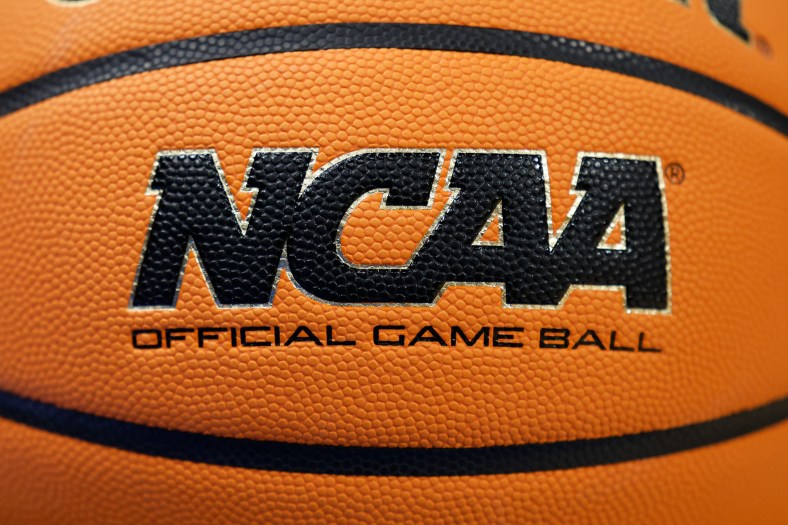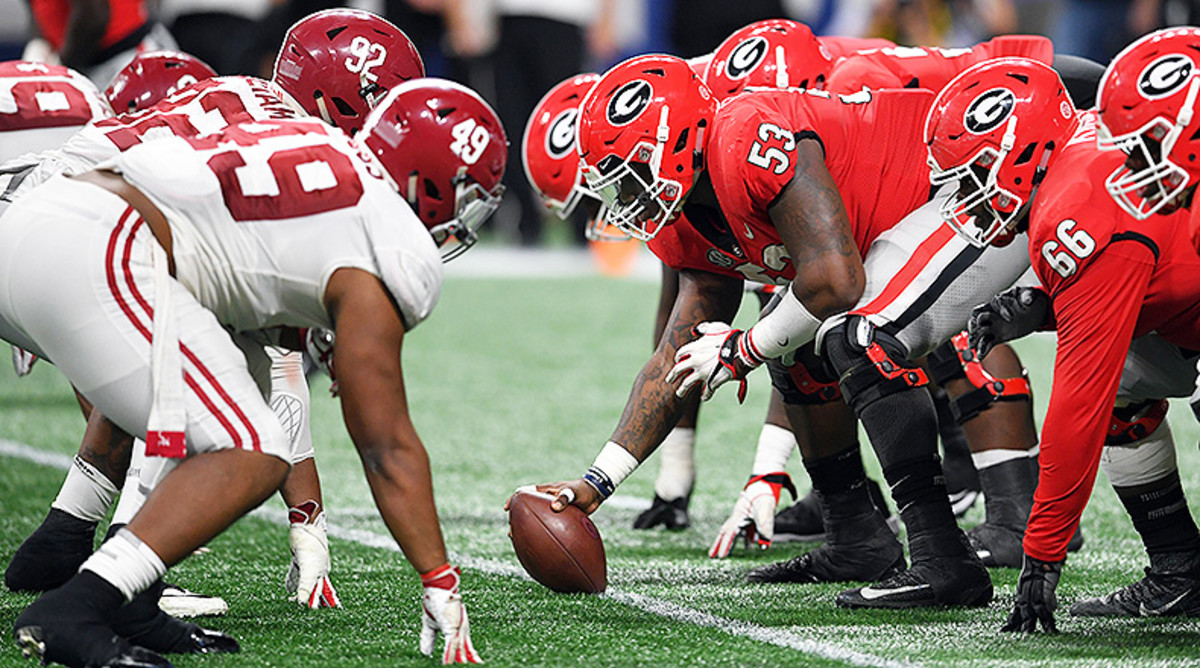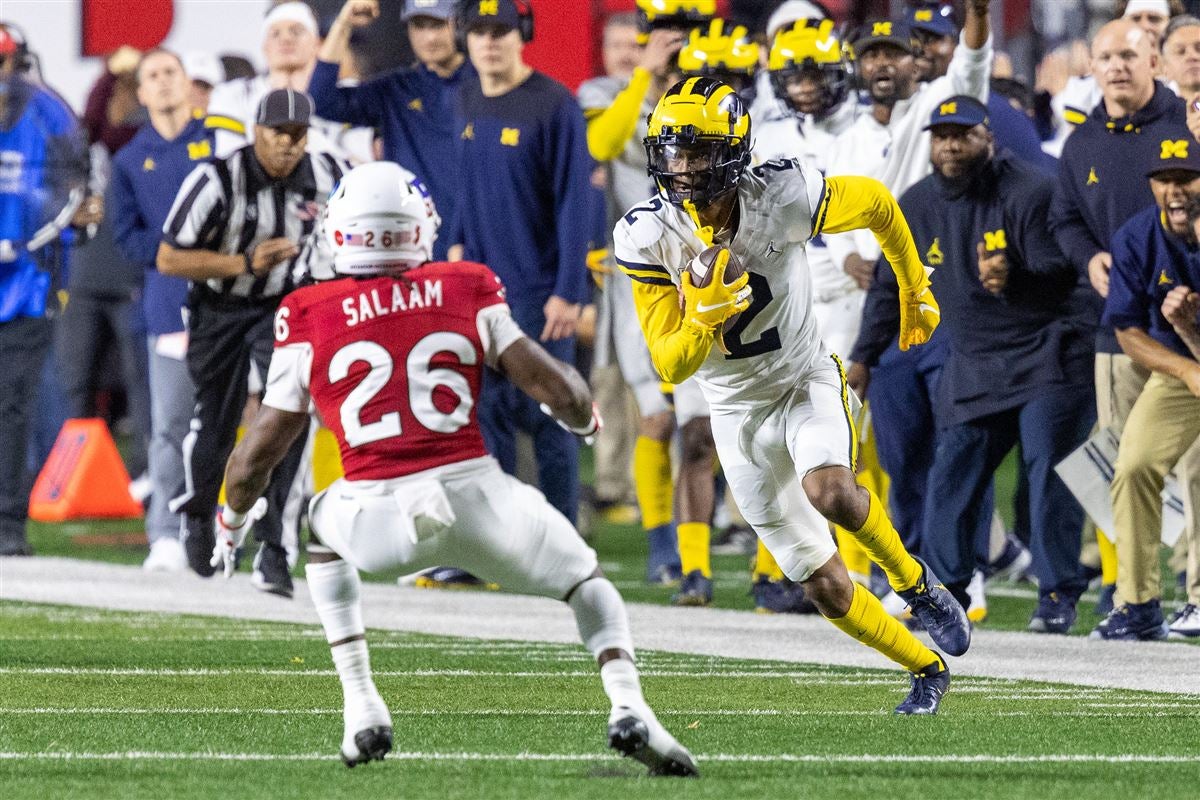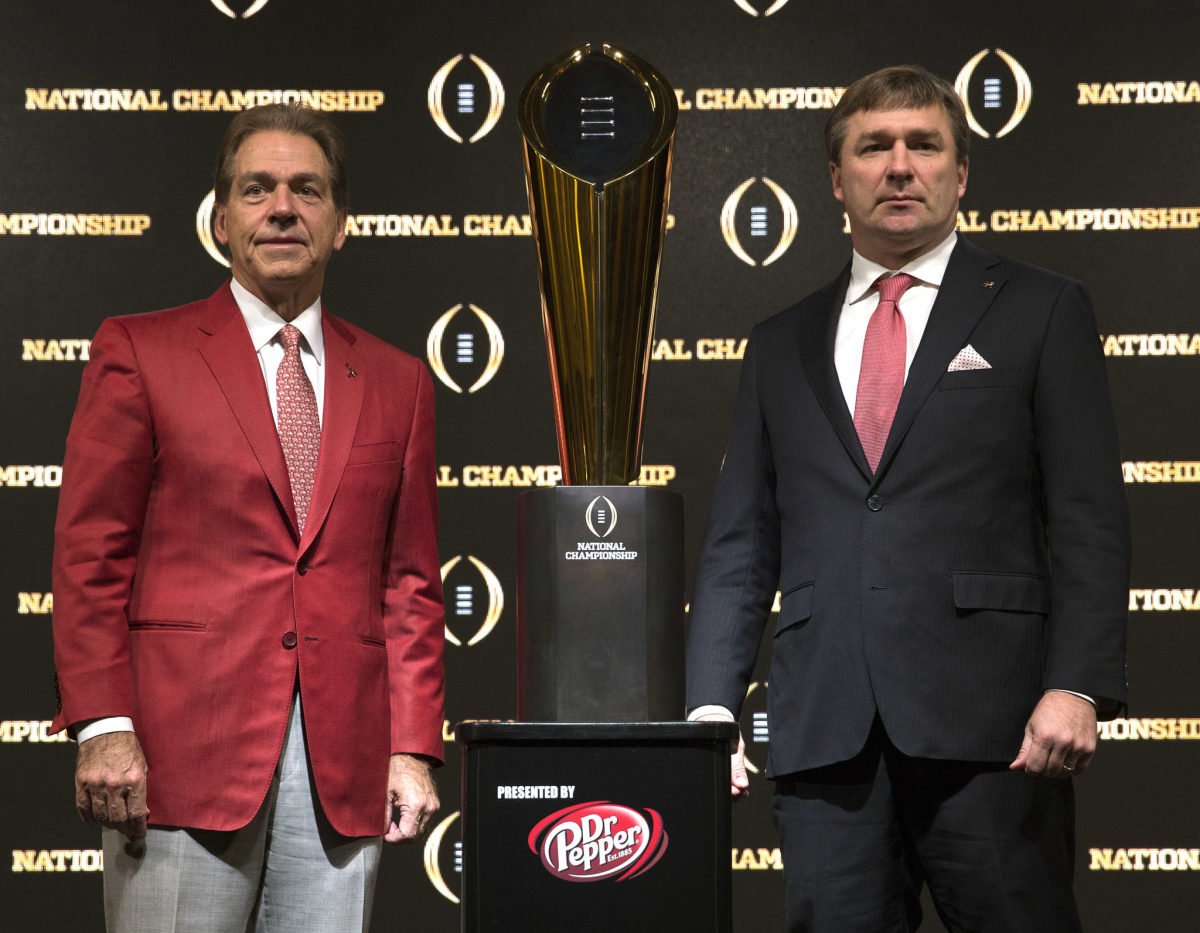The Future of College Sports: NCAA and Power Conferences Set to Vote on Multi-Billion Dollar Settlement

An imminent shift in the college sports landscape is on the horizon, as the NCAA and power conferences prepare to vote on settling a multi-billion dollar lawsuit. House v. NCAA seeks to compensate athletes for past limitations on name, image, and likeness (NIL) earnings, potentially opening the door for power-conference athletes to share in broadcast revenues.
With the NCAA facing up to $20 billion in damages if it loses the House case at trial, a settlement appears to be the most viable path forward. The proposed settlement includes over $2.7 billion in back-pay damages and an annual revenue-sharing model for power-conference schools.
This legal development is just one of many recent challenges to the traditional amateurism model of college sports. The landscape of collegiate athletics is evolving rapidly, with recent Supreme Court decisions and state legislative actions ushering in the NIL era.
If approved, the settlement would mark a significant departure from the current system, allowing power-conference programs to use their revenue to compensate athletes directly. This change could further stratify high-major revenue sports, particularly power-conference football, from the rest of college athletics.
A settlement would not only provide clarity on a range of issues but also afford schools predictability and stability. However, the ramifications of this shift extend beyond immediate budgetary adjustments, potentially leading to larger structural changes within collegiate athletics.
While the terms of the settlement are not finalized, the potential impact is far-reaching. From roster limit adjustments to revenue-sharing structures, the future of college sports hangs in the balance. The settlement is seen as a critical step in addressing multiple antitrust cases and providing a framework for the NCAA's continued existence.
Despite the potential benefits of a settlement, questions remain about its implications for Title IX compliance, unionization efforts, and financial adjustments across athletic departments. The future of college athletics remains uncertain, with the settlement likely serving as a catalyst for further changes in the years to come.
As college sports navigate this period of transformation, the role of athletes, administrators, and lawmakers will be crucial in shaping the future of collegiate athletics. The settlement represents a pivotal moment in the ongoing evolution of the college sports landscape.



